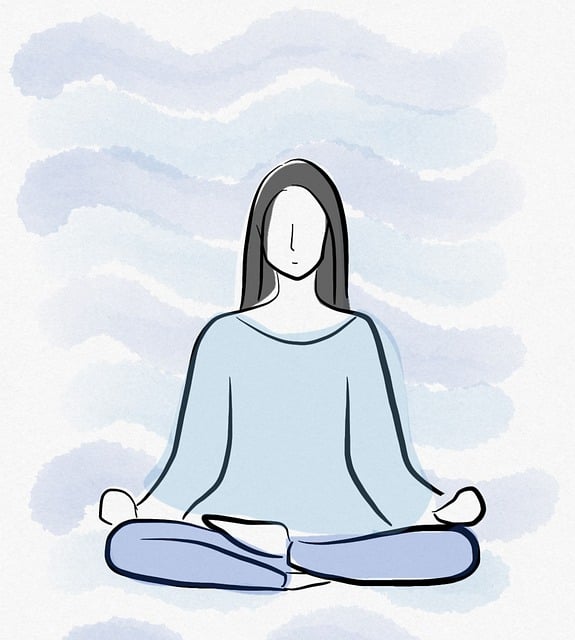Floating vs. Sauna for CPTSD Recovery: A Personal Journey

I’ve always been curious about how to soothe a nervous system that feels perpetually on edge, a curiosity born from my own struggles with Complex Post-Traumatic Stress Disorder (CPTSD). A few years ago, I started digging into alternative therapies, and that’s when I stumbled upon floating and sauna sessions. At first, they seemed like opposites—one cocooning me in silence and weightlessness, the other wrapping me in intense heat.
But as I tried them, I found myself drawn to both, not just for the experience but for how they helped me reclaim my body and mind. Through my research and personal practice, I’ve learned that floating and sauna therapy offer unique benefits for CPTSD recovery, each approaching nervous system regulation from a different angle. Floating, in particular, has been a revelation for tackling the freeze response—a hallmark of CPTSD that I know all too well.
Understanding CPTSD: A Body on High Alert
For those unfamiliar, CPTSD stems from prolonged trauma—think childhood neglect or repeated emotional wounds—rather than a single event like traditional PTSD. It leaves you with a nervous system that’s constantly braced for danger. For me, that meant hypervigilance, emotional numbness, and a body that sometimes felt like it was shutting down under stress. It’s exhausting, living in a state where safety feels elusive, even when the threat is long gone.
Floating and Sauna Therapy: Two Distinct Experiences
Floating, or sensory deprivation therapy, involves lying in a tank filled with warm water and Epsom salts, so buoyant you feel weightless. The tank is dark and silent, stripping away external stimuli. It’s like slipping into a womb—calm, warm, and protective.
Sauna therapy, on the other hand, immerses you in dry heat, often exceeding 150°F in a wooden room. It’s intense, invigorating, and rooted in traditions of detoxification and renewal. I love both, but they couldn’t be more different in how they feel and what they do.
Floating: Unthawing the Freeze Response
When I first tried floating, I wasn’t sure what to expect. Could lying in a tank really help the chaos inside me? The answer was a resounding yes, especially for what I now know as the freeze response—when my body shuts down under stress, leaving me numb or disconnected. Stepping into that tank felt strange at first, but as I settled in, the weightlessness took over. My racing mind slowed, and my tense muscles began to soften. It was like my nervous system finally got permission to rest.
Read more info how Floating works here.
Why Floating Works for CPTSD
Here’s what I’ve learned about why floating is so powerful:
- Reduces Sensory Overload: If you’re easily overstimulated like I am, the tank’s silence and darkness are a gift. They dial down the noise of the world, giving my hypervigilant brain a break.
- Activates Deep Relaxation: Floating switches off the fight-or-flight response and turns on the parasympathetic nervous system—the “rest and digest” mode. My cortisol levels drop, and I feel a calm I rarely experience otherwise.
- Releases Stored Trauma: Trauma doesn’t just live in your head; it’s in your body, too. In the tank, with no gravity to resist, I’ve felt tension dissolve—sometimes from places I didn’t even know were tight, like my shoulders or chest.
- Supports Emotional Reconnection: Floating mimics deep meditation, helping me process emotions without overwhelm. For someone who dissociates—checking out when feelings get too big—it’s a safe space to reintegrate those lost parts of myself.
- Regulates the Vagus Nerve: This nerve controls stress responses, and floating helps it find balance. After a session, I feel less like I’m teetering on the edge of panic.
Floating and the Freeze Response: A Deeper Dive
What’s fascinated me most is how floating addresses the freeze response, a survival mechanism where the body goes limp or numb to avoid danger. For CPTSD survivors like me, freezing can become a default—shutting down when life feels too much. In the tank, there’s nothing to react to—no threats to dodge or people to appease. It’s just me, floating in stillness.
One session, about 30 minutes in, I felt a wave of sadness rise up. Normally, I’d push it away or dissociate, but the tank held me there, letting me feel it safely. When I stepped out, I was lighter, like I’d left some old pain behind. That’s why I think floating is a lifeline for those of us who freeze or fawn (people-pleasing to survive). It’s a reset button for a nervous system stuck in “off.”

Sauna Therapy: Energizing a Wired System
Sauna therapy feels entirely different—like stepping into a furnace of renewal. At first, the heat was a shock to my already wired system, but I’ve grown to love it. It’s not about escaping stress but engaging it in a controlled way. After a session, I feel like I’ve sweated out more than just toxins—like I’ve shed some of the restlessness that CPTSD leaves behind.
Why Sauna Therapy Works for CPTSD
Here’s what sauna does, based on my experience and research:
- Releases Muscle Tension: Trauma often locks into muscles, and the heat melts it away. My jaw unclenches, my back softens—it’s like peeling off layers of armor.
- Boosts Circulation and Detox: The heat gets blood flowing to my brain, clearing mental fog and balancing emotions. It also flushes out toxins, leaving me refreshed.
- Discharges Fight-or-Flight Energy: If you’re stuck in anxiety or restlessness, the sauna helps burn off that excess adrenaline. I leave feeling spent but grounded.
- Lifts Mood: Saunas spike endorphins and dopamine, giving me a natural high. It’s a lifeline when I’m feeling emotionally flat.
- Builds Resilience: The mild stress (called hormetic stress) trains my body to handle discomfort without spiraling. It’s like teaching my nervous system it doesn’t have to overreact.

Floating vs. Sauna: A Side-by-Side Look
So how do they compare?
Floating is my deep reset—perfect when I’m overwhelmed or numb, especially for that freeze response.
Sauna therapy is my energizer—great for anxiety or when I need to shake off stagnation.
Floating cuts stimulation to calm me; saunas use heat to stimulate then soothe. Both release tension, but floating does it through weightlessness, while saunas use heat. One caveat: both can stir up trauma. Floating’s stillness might unearth buried feelings, and saunas’ intensity might feel overwhelming. I’ve learned to listen to my body and ease in slowly.
Which One Should You Choose?
Here’s my take, based on what I’ve felt and studied:
- Go for Floating If: You freeze under stress, dissociate, or feel numb. It’s your cocoon for thawing out safely.
- Go for Sauna If: You’re anxious, tense, or need a mood boost. It’s your reset for a wired system.
- Try Both If: Like me, you swing between freeze and fight-or-flight. I love floating first to unwind, then hitting the sauna to recharge. But not on the same day!
The combo is my sweet spot—floating leaves me clear-headed, and the sauna brings me back to life. It’s like balancing the quiet and the fire within me.
My Journey Continues
Floating and sauna therapy have become more than experiments—they’re tools I lean on to heal from CPTSD. Floating, especially, has been a revelation for my freeze response, giving me a space to feel without falling apart. Saunas, meanwhile, help me face the world again. Together, they’ve shown me that healing isn’t just mental—it’s physical, too. If you’re curious about trying them or want specific protocols for CPTSD, leave a comment in the section below.